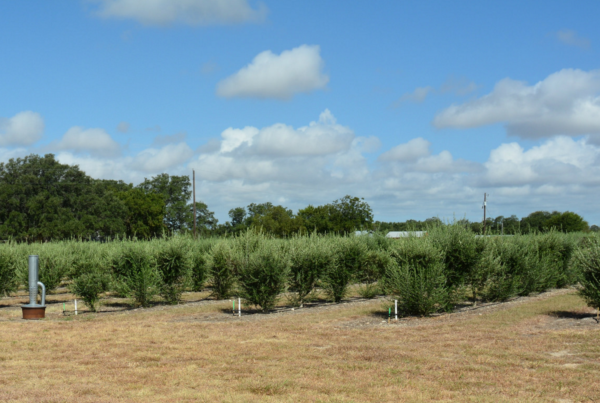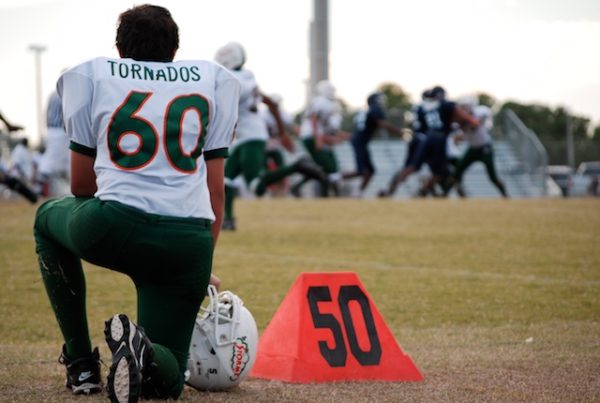Cell phones across New York City blared simultaneously Monday morning, interrupting residents’ normal commutes in taxis, subways and streets. The noise wasn’t a text message or phone call sent en masse – it was a digital alert enlisting the city’s help in identifying the man behind the weekend’s bombings.
It’s believed to be the first time wireless emergency alerts were used to elicit the public’s help in tracking down a suspect. But these alerts have been in use since 2012 to issue Amber Alerts and warn people about incoming storms.
Mark Harris, a technology writer who’s written about the mobile alert program for Motherboard, says it’s like a great idea.
“You can imagine situations where you would need to alert people of something in relatively short notice,” Harris says.
The FCC developed the emergency technology, but alert originators – agencies called around the country – decide where and when to issue warnings. The system uses cell phone towers to communicate emergency information to the phones connected to each tower. This makes the technology more akin to a broadcast system than individual messaging.
“That’s both its power and its weakness,” Harris says. “Its power is that it can reach loads of phones in a matter of seconds without overloading the system, and its weakness is that it’s a bit of a broad brush right now.”
That means people in rural areas could get a warning for something happening 100 miles away. There is a way to turn the alerts on and off, with one exception: the presidential alert can be issued in moments of national crisis. (To date, one has never been sent.)
“That was envisioned way back in the middle of the 20th century,” Harris says. “That, originally, started with the idea that it would go through television and radio systems, but as technology changes, cell phones have been one of the most visible ways that we get these alerts now.”
Alert agencies would like to impose a slew of improvements to the system, including refining the geo-location targeting service. The FCC would also like to change the amount of information included in a single warning, which would involve raising the character limit from 90 to 300 and adding image capabilities or a clickable web link.
“It does seem crazy that information that could lead to the apprehension of somebody really bad or conversely find a missing child is at the moment squeezed into two-thirds of a tweet,” Harris says. “It’s such a tiny amount of text.”
Improvement proposals have received pushback from handset makers and wireless carriers, though. The carriers say adding clickable links to the warnings could overwhelm their network. It also seems the carriers just don’t want to spend the time on improvements, Harris says.
“They’re very happy to develop new services that make them money, but they’ve been really dragging their feet on implementing these technologies,” he says.
Harris warns of the hazard of people getting used to these alerts, but says it can be prevented by improvements to geo-location services and other targeting.
“There’s a massive danger there, but I think that can actually be helped by technology,” Harris says.
Post by Sunny Sone.
















